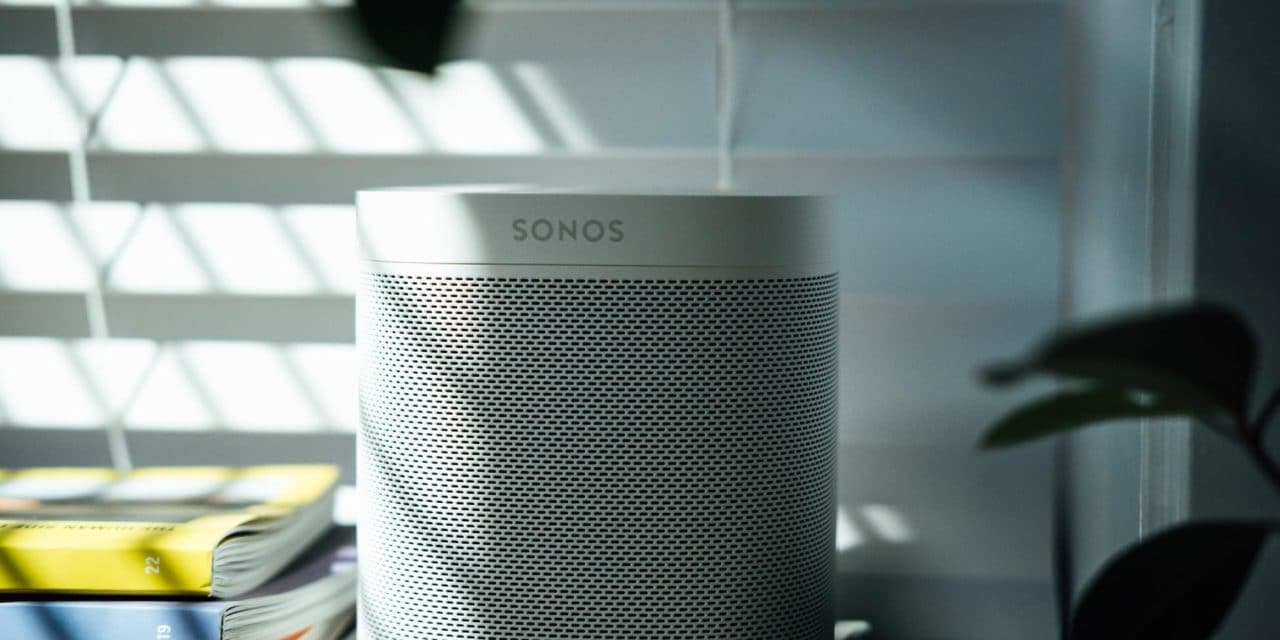[ad_1]
If you are in the market for a nice pair of ear buds you may start to wonder about some of the terms used to describe or that are part of the names of various ear bud models. Noise isolating, or noise blocking, is one common term as is the term noise canceling. What is the difference? Let's take a look.
First we need to point out that the point of both of these additions that are built into the ear buds is to provide a means of getting rid of background or environmental noise. Some folks want to block out the sound of an airplane jet engine while others just want to not hear the TV that their spouse is listening too (and their spouse does not want to hear the music too!). Both noise canceling and noise isolating ear buds would seem to be good for blocking out sounds, or at least that is what one would initially think if they are not that familiar with these terms.
The first difference between these two things is active versus passive means of getting rid of sounds coming from our surrounding environment. Noise canceling is an active system that produces sounds that literally bombard incoming noise to cancel out their sound waves. This method needs a source of electricity as it has to both process incoming sounds and generate its own sounds. Your mp3 player can power normal ear buds but does not have a system that the noise canceling technology relies upon. Noise blocking does not need any of these extras. The idea behind this is to simply block your ear canal with the ear bud. With a tight seal this can be quite effective and can envelope you in a cone of silence. Much like a good pair of earplugs should do.
A second important difference between these two things is the kind of sounds they can block. Sound canceling technology works well in a few specific situations. The effectiveness at producing sound waves that cancel incoming noise is easiest to do when the environment contains low frequency, constant sound. These types of sounds can include jet engine noise in the cabin of a commercial airliner, the noise of a train as it moves down the tracks and the low hum you can find in a rack server setup in a large IT operation. Intermittent, high frequency and modulating noises are not as easy to negate. The wave forms are more complicated, which leads to difficulty in finding the right canceling sound. Noise isolating ear buds do not have as big a problem with different kinds of sounds. The real issue with them is not the types of noises needing to be canceled, it is the fit of the ear bud. There is usually a small difference between an good isolating fit and a fit that leaves just a bit of space for sound to get through. A little space equals ineffective noise blocking, and this often leads to less than stellar sound reproduction too.
[ad_2]
Source by Paul Chaney

